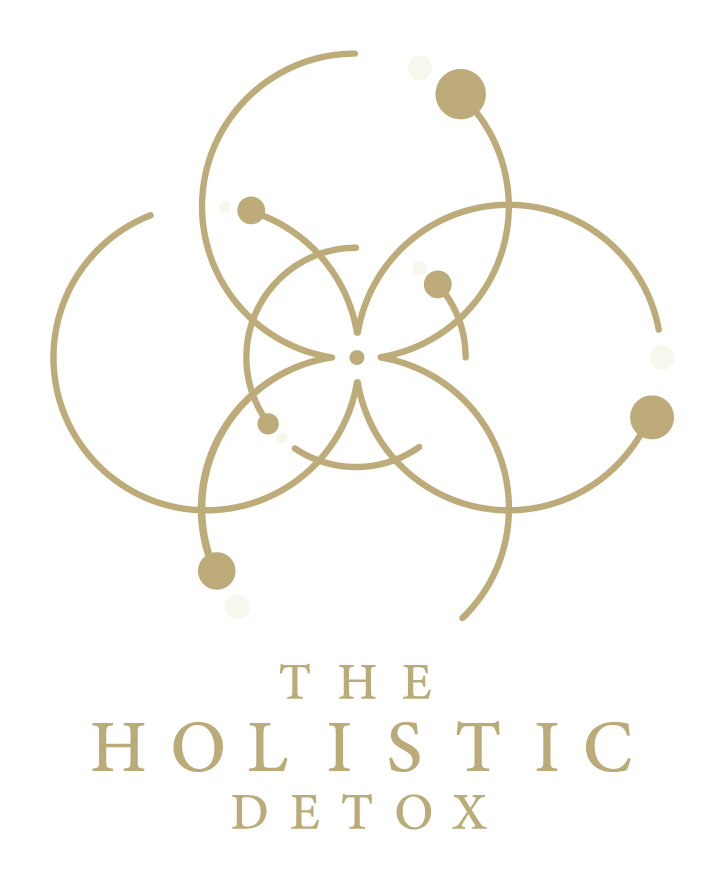Introduction: When Your Body Feels Out of Sync
Imagine standing up and feeling your heart race, your head spin, and your body suddenly drained of energy. For many women across the USA and Mexico, this isn’t just stress or “low blood sugar” it’s dysautonomia, a condition that affects the autonomic nervous system. While dysautonomia impacts both men and women, research shows women are disproportionately affected, and their symptoms often intensify around key hormonal shifts such as menstruation, pregnancy, and menopause.
Why does this happen? The answer lies in the powerful relationship between hormones and the autonomic nervous system. When hormones fluctuate, they don’t just affect mood or fertility they can amplify cardiovascular, neurological, and metabolic imbalances, making dysautonomia symptoms much harder to manage.
This article explores the hidden connection between hormonal changes and dysautonomia, offering insights into root causes, real-world experiences, and functional strategies for better symptom management.
What is Dysautonomia?
Dysautonomia is an umbrella term for conditions where the autonomic nervous system (ANS) does not function properly. The ANS controls automatic processes such as heart rate, blood pressure, digestion, and temperature regulation. When it misfires, symptoms can range from uncomfortable to debilitating.
Common dysautonomia symptoms include:
- Dizziness or lightheadedness upon standing
- Rapid heart rate (tachycardia)
- Fatigue and brain fog
- Digestive issues
- Temperature sensitivity
- Anxiety-like episodes
One of the most recognized forms is Postural Orthostatic Tachycardia Syndrome (POTS), which disproportionately affects women of reproductive age.
Why Women Are More Affected
While dysautonomia can impact anyone, studies show up to 80% of POTS patients are women, particularly those between ages 15 and 50. This timing aligns with the most hormonally active phases of life menstruation, pregnancy, and perimenopause.
Hormonal fluctuations influence blood vessel elasticity, fluid retention, and nervous system signaling. When estrogen and progesterone rise or fall, the body’s ability to regulate heart rate and blood pressure becomes more fragile. This is why many women report symptom flare-ups during specific phases of their cycle or life stage.
The Hormonal Connection Explained
To understand why symptoms worsen, it helps to look at key hormones and their impact on the autonomic nervous system:
- Estrogen: Enhances blood vessel flexibility and improves neurotransmitter balance. When it drops (such as before menstruation or during menopause), women may feel more dizzy, fatigued, or anxious.
- Progesterone: Acts as a natural calming agent on the nervous system. Its decline often leads to sleep problems, anxiety, and worsened dysautonomia symptoms.
- Cortisol: The stress hormone that, when dysregulated, adds to fatigue, palpitations, and poor resilience to stress.
- Thyroid hormones: Essential for metabolism and cardiovascular function. Subtle thyroid imbalances can mimic or amplify dysautonomia symptoms.
How Symptoms Fluctuate with Hormonal Phases
Women with dysautonomia often notice symptom patterns linked to their hormonal cycles. Here’s how:
| Hormonal Phase | Impact on Dysautonomia Symptoms |
| Menstrual Phase | Low estrogen & progesterone → more fatigue, dizziness, and headaches |
| Ovulation | Estrogen surge → temporary improvement in some, but migraines in others |
| Luteal Phase | Progesterone drop → poor sleep, mood swings, increased heart palpitations |
| Pregnancy | Increased blood volume may improve or worsen symptoms depending on individual response |
| Perimenopause & Menopause | Estrogen decline → worsening hot flashes, palpitations, and orthostatic intolerance |
This cycle-based fluctuation explains why symptom tracking can be so valuable for women managing dysautonomia.
Case Study: Sofia’s Story
Sofia, a 32-year-old from Guadalajara, Mexico, had lived with dizziness and fatigue since her teens. Her symptoms always worsened a week before her period, leaving her bedridden for days. Doctors initially suggested anxiety, but a cardiologist later diagnosed her with POTS.
By tracking her cycle and working with a functional medicine provider, Sofia discovered that hormonal shifts were her biggest trigger. Adjustments like magnesium supplementation, hydration strategies, and targeted hormone support helped her regain stability. With these changes, Sofia now manages her cycle more effectively and experiences fewer symptom crashes.
Functional Medicine Approach: Looking Beyond Symptoms
Instead of focusing only on symptom suppression, functional medicine explores root causes and how hormones, nutrition, and lifestyle interact with dysautonomia.
1. Nutrition for Hormonal and Nervous System Balance:
- Eat stabilizing meals rich in protein, fiber, and healthy fats.
- Limit refined carbs and caffeine, which can spike blood sugar and worsen palpitations.
- Incorporate phytoestrogens (like flax and soy) to gently support hormone balance.
2. Lifestyle Shifts:
- Gentle exercise such as recumbent biking or yoga improves circulation without overexertion.
- Prioritize consistent sleep routines to stabilize cortisol rhythms.
- Stress reduction practices deep breathing, journaling, meditation calm the autonomic nervous system.
3. Targeted Supplementation:
- Magnesium for muscle relaxation and reduced palpitations.
- Omega-3 fatty acids for brain and cardiovascular health.
- Adaptogens (ashwagandha, rhodiola) to buffer stress responses.
For women experiencing both dysautonomia and hormonal changes, Wellhistic’s CALM offers natural support for mood swings, anxiety, and stress management. Similarly, the Hormone & PMS Support blend provides targeted relief for premenstrual symptom flare-ups, making it easier to manage overlapping challenges.
The Emotional Toll of Dysautonomia and Hormonal Shifts
Beyond physical symptoms, dysautonomia combined with hormonal changes often takes an emotional toll. Many women report feeling misunderstood by their doctors or dismissed as “overly anxious.” In both the USA and Mexico, women often struggle for years before receiving a diagnosis.
Support groups and online communities have become invaluable spaces for validation and guidance. Knowing that hormonal changes are not just emotional but have a direct physiological link to dysautonomia helps women advocate for themselves and explore more personalized treatments.
Comparing Conventional vs. Functional Approaches
| Conventional Medicine | Functional Medicine |
| Focus on medication (beta blockers, SSRIs, birth control) | Focus on root cause, hormone balance, and nutrition |
| Symptom suppression | Symptom management + long-term resilience |
| Rarely connects hormones to dysautonomia | Emphasizes hormonal influence on nervous system |
Both approaches have value, but functional medicine provides a more holistic toolkit that empowers women to understand their bodies and reduce flare-ups.
Next Steps: Taking Control of Dysautonomia and Hormonal Health
If you’re a woman navigating dysautonomia, know this: your symptoms are real, and hormonal changes can absolutely intensify them. Understanding the interplay between your cycle, stress, and nervous system gives you a roadmap for better management.
Here’s how to start today:
- Track your symptoms in relation to your menstrual cycle.
- Explore functional medicine testing for hormones, thyroid, and nutrient deficiencies.
- Support your body with lifestyle habits and targeted supplements like CALM or Hormone & PMS Support.
- Connect with other women in the USA and Mexico who share similar experiences.
By moving beyond quick fixes and understanding the hormonal connection, you can transform how you live with dysautonomia building resilience, clarity, and strength for the future.





